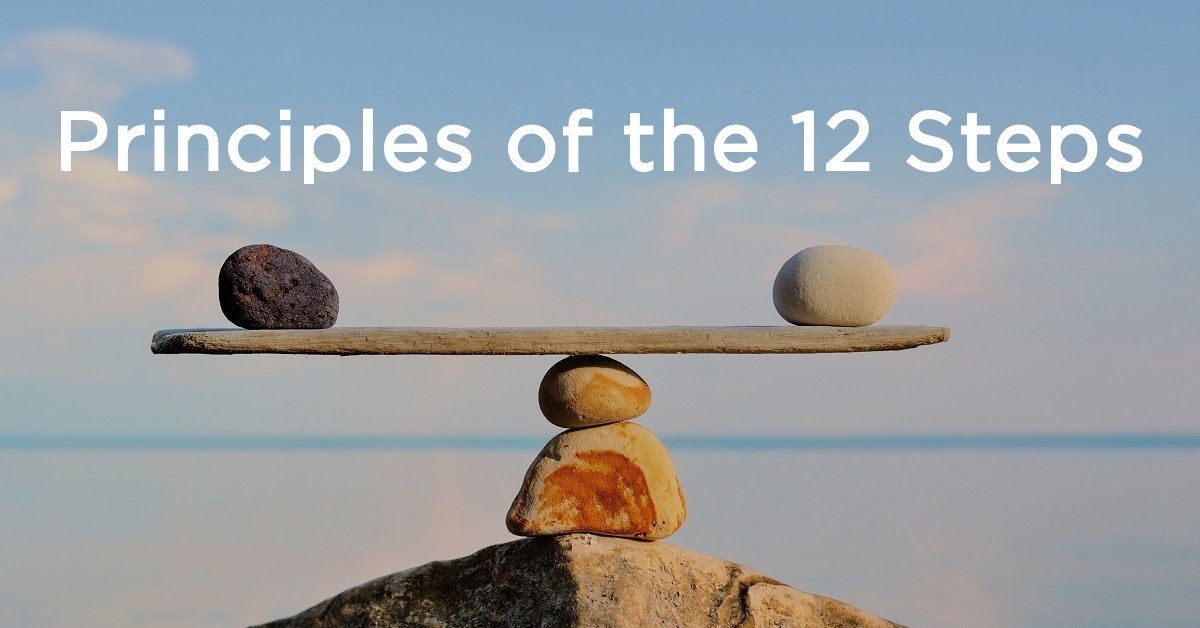The 12 Steps to a Family Caregiving Program

The definition of insanity is doing the same thing over and over and expecting different results. The reality is that nothing changes – if nothing ever changes. How does this relate to your employees who are on point to care for family members?
We human beings often continue to repeat the same behaviors or actions that we know over and over and remain frustrated, stressed and lost for answers. No one wants to alter course unless they need to, which is why change is often driven by pain, crisis, discomfort or severe poor health. Look at the corporate wellness service industry, which is projected to grow to $11.3 billion by 2021. This entire industry is fueled by people’s inability to change their current behaviors and the consistent need for products, services and vendors to attempt to sway individuals do so.
We are creatures of habit
Humans’ discomfort with changing what is comfortable or known to them manifests itself both positively and negatively. I think that addiction draws the most attention regarding required behavior changes. Addiction is classified as an actual brain disease and not an immorally driven pattern of choice. In 1935, Drs Bill and Bob developed the 12 Steps, however, to try and provide a blueprint for people to alter their course with alcohol and to find peace among chaos. The program gained enough success in its early years for other addiction support groups to adapt the steps to their own focus. There are many 12-step programs for various addictions and behaviors, ranging from Cocaine Anonymous to Debtors Anonymous—all using the same 12 Step methods in concept.
As I thought about it, there really are 12 steps throughout the process of caring for a loved one with either an acute or chronic challenge, disability or illness: The 12 Steps of Caregiving. Why? How?
I’m a caregiver, not an addict
We, as people taking care of other humans whom we love, put enormous pressure on ourselves not to make mistakes. We are led into areas of life where we have no experience and, often, too much or too little advice, information, or guidance. We are tired, stressed, maxed out, insecure and emotional. We are scared and angry. We often feel alone. Our professional and personal lives are often hindered.
Ultimately, the 12 Steps are more than just a way to stop whatever situation has become chaotic. They teach the importance of accepting a situation for what it is. They state that we do not need to stumble alone in a situation and give permission for us to ask for help. They consist of universal principles: tell the truth to others and ourselves; treat others as you’d want to be treated; get help when needed; monitor your inevitable failures, apologize for them and make things right if you can do so without hurting others; allow yourself to be human. In other words, the 12 Steps provide tools for living a full, satisfying, meaningful life even amidst chaos.

The 12 Steps of Caregiving
Years ago, I personally walked the 12 Steps out of the toxic and deadly hold of alcohol. I know how well this process can work. Today, perhaps I can suggest a path for your employees – and perhaps you – to walk out of the pain and stress surrounding a caregiver’s struggles and to a place where you may know – for today – that you are doing the absolute best you can in a very challenging situation as a caregiver:
Step One
We stop denying the presence of a condition that needlessly restricts our thinking, feeling, or behavior. It can be your own health/mental/behavioral/care issue or that of a loved one. Healing begins when we accept the truth. This is hard. This is pushing your boundaries, as no one wants to admit that our loved one needs challenging care. Admit it. It’s OK.
Step Two
This calls for a further admission–that we are powerless by ourselves to solve the problem alone that we are facing with our loved one. People in Twelve Step programs refer to this as the principle of surrender to whatever is going on.
Step Three
Surrender is not the same as giving up. At All. It’s also not to say that someone can’t take action themselves to move toward the solution. Rather, it means accepting help from any source outside ourselves. This could be a therapist, peers, a support tool, a referral group or any other forms of support system to help you find answers for your loved ones and caregiver challenges.
Steps Four through Eleven
Here are a variety of steps for “restoring ourselves to sanity” – to inside peace and a place of balance in our lives no matter what is happening. Take a hard look at your strengths and weaknesses within a given situation. Share this assessment with others so that they are aware and can help you as you need. Be honest with those in your life about your situation. Make amends to others if warranted, especially as it relates to any issue that has arisen around your rising stress or possible past inability to truly face the rising crisis in your family. You’re human. It happens. Strive to do things this every day and to make healthy choices around your loved one’s struggles. Step Eleven tells you to keep asking for help. It’s O.K.
Step Twelve
This final step emphasizes the power of community. Join a group of others who can understand your current life situation. The presence of a supportive and helpful community helps sustain long-term changes and can provide guidance in the times of struggle. Some have summarized this as “You alone can do it, but you can’t do it alone.”
Everyone can be a superhero for their family. But everyone needs to lean on others and outside tools. And it’s OK.
“My name is Rebecca, and I am an employee caregiver.”



